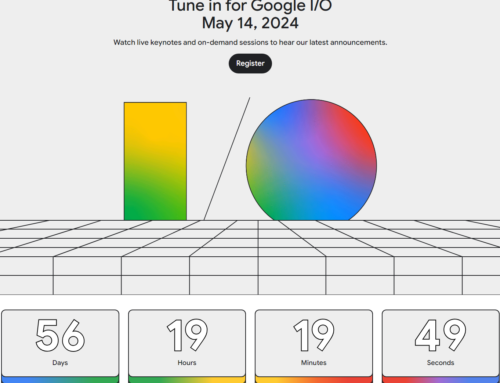I don’t think the mobile gaming industry will see significant shifts in 2025, but popular game dev studios have crafted already their strategies and will increasingly focus on personalizing player experiences, enhancing brand loyalty, and innovating revenue streams. Don’t worry, I’m not the mastermind that thought of that through his own power of prediction. I’ve recently read Mistplay’s 2024 report, and these predictions were extracted after they’ve surveyed some of the most popular game dev studios out there.
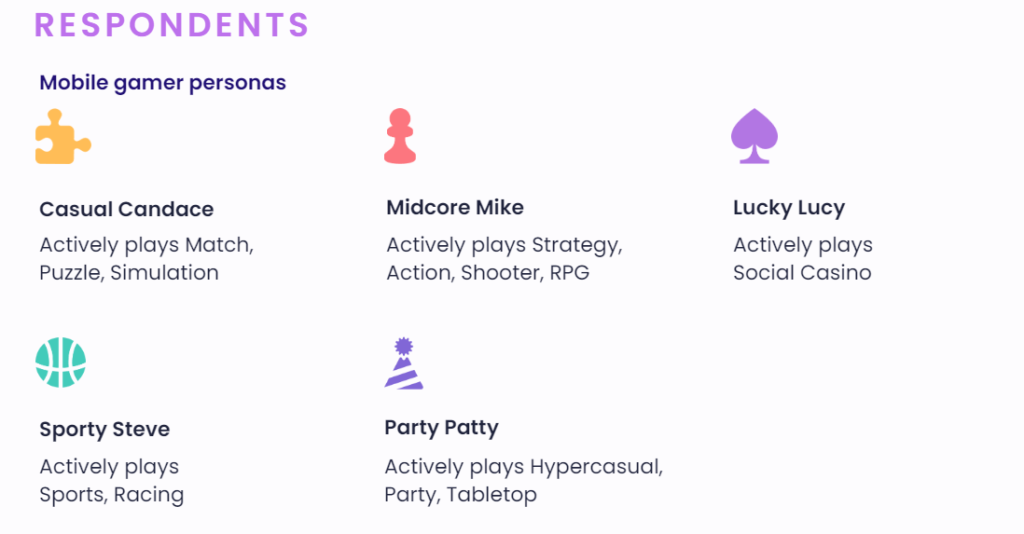
So here’s a list from Mistplay’s report that outlines what are the most likely trends for mobile game growth in 2025, based on what strategies popular game devs have set in place. I also recommend to read that report if you’re a mobile game developer, as it might help you understand better what your focus should be on (plus, it includes a lot of other details):
1. Hyper-personalized user journeys to maximize LTV
Classic ads are too restrictive, so publishers will lean more into a hyper-personalized approach. Players struggle to find games matching their exact preferences, so publishers will try to adapt their strategy to tailor every aspect of the user journey from ads to in-game experiences, based on their understanding of what audience needs,
“Marketing in 2024 is all about segmentation… it is a necessity in this day and age to really speak deeply to a specific audience,” says Gus Viegas, VP of Marketing at Cosmic Lounge.
By matching each player exactly with what they’re looking for, publishers can drive higher lifetime value (LTV), deepening engagement and fostering loyalty.
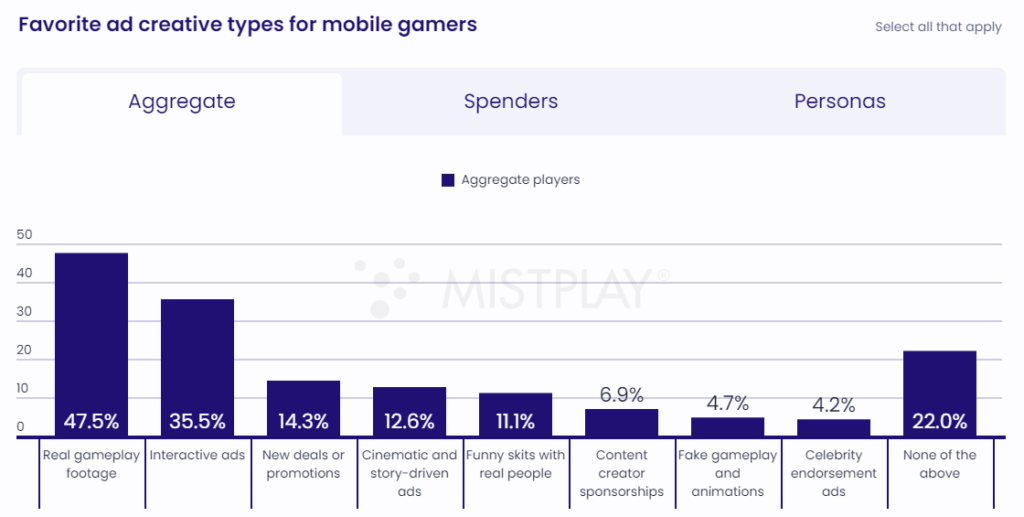
2. Brand marketing as a tool to lower CAC
In today’s market, a game’s brand plays a significant role in a player’s decision-making process. Players are more likely to install a game without doing much extra research if they see a big name studio such as Rovio, than an unknown one. That’s why brand marketing is important, as there’s a direct link between it and the cost of acquisition, so the more known your brand is, the more it will help you reduce the cost per acquisition (CAC) while increasing conversion rates. Incorporating social proof into ads, such as reviews, testimonials, and awards, will attract players and establish credibility.
“Investing in your brand always pays off. Social proofing works well, with creative tailored to your audience that is user-first,” advises Claire Rozain, Founder of RZAIN Consulting.
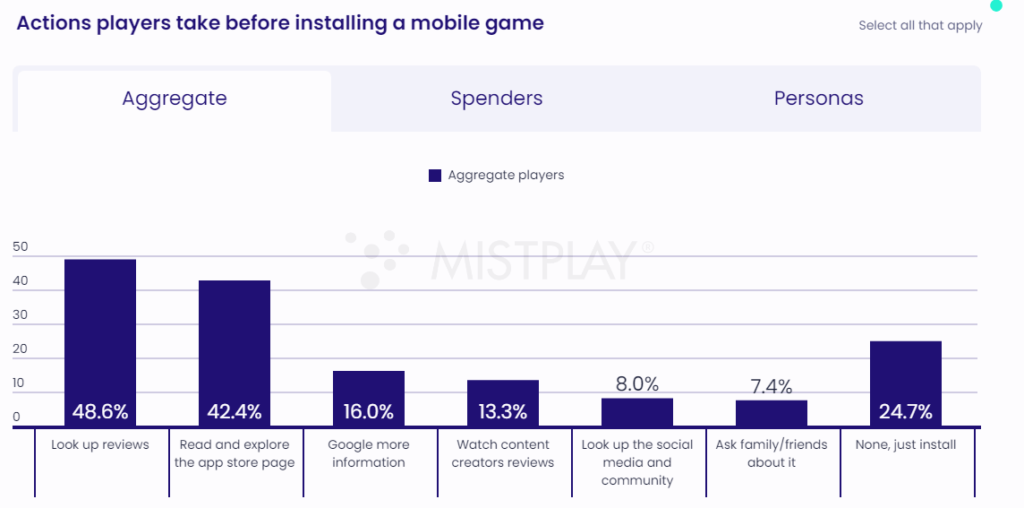
3. Exploring new monetization models
Diversifying revenue streams remains a priority as publishers explore options beyond traditional in-app purchases (IAP) and ads. New models, like Direct-to-Consumer (DTC) web shops, are gaining traction. Subscriptions are also on the rise, with 17% of players having purchased a subscription in the past six months.
Oxana Fomina, Founder of Gradient Universe Games Analytics, notes that publishers are shifting away from reliance on Apple and Google, gravitating toward DTC models that open up new avenues for revenue growth.
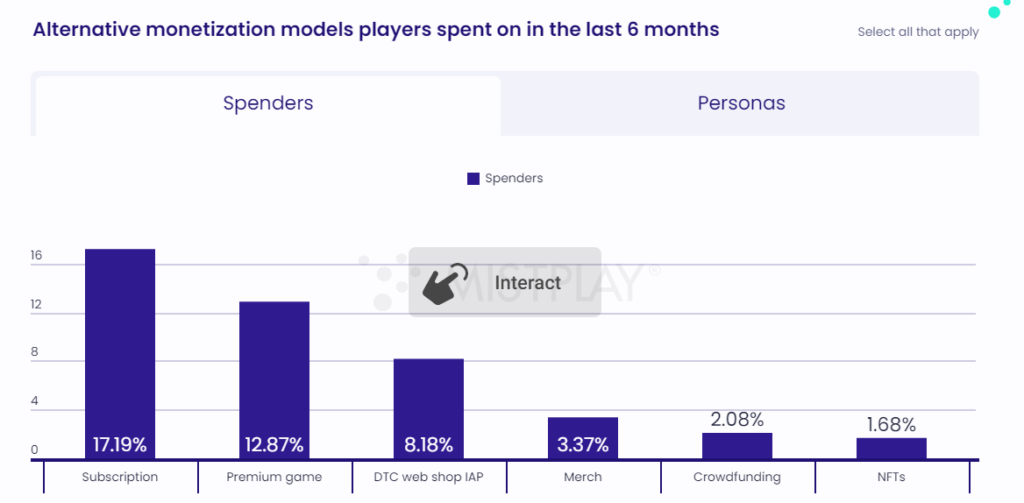
4. IP and brand collaborations for enhanced engagement
Brand and IP collaborations are proving effective for engaging both new and returning players. Games that tap into familiar brands or popular IPs tend to see higher engagement and spend, with 54% of players making in-app purchases in branded games. A lot of Disney IPs are becoming public domain, those from tens of years ago. Maybe that’s something that could be used for the next popular game.
Claire Rozain explains, “IP and brand collaborations bring organic installs, drive awareness, and get people passionate about your game.”
5. Full-Funnel reward programs to boost retention and re-engagement
As player retention becomes crucial, publishers will lean into reward-based programs that reward progress and re-engage players that stopped playing the game due to boredom. Integrating rewards throughout the player journey, publishers can boost both acquisition and retention, keeping players invested in the long term.
“With increased competition, the usual solutions just aren’t cutting it anymore. Reward programs will evolve to be more sophisticated and exciting,” says Michal Prokop Grno, CMO of Pixel Federation.
Conclusion
As the mobile gaming industry enters 2025, publishers will try to focus on these strategies to overcome challenges and capture the attention of players that are bombarded with app/game suggestions. Through personalization, strategic brand marketing, diverse revenue streams, and engaging reward systems, mobile games in 2025 will be more player-centric and innovative than ever.

